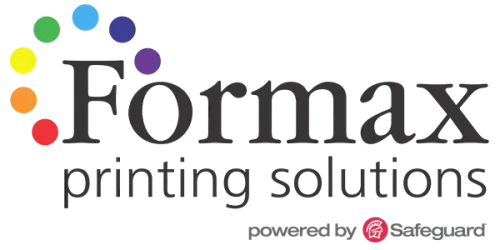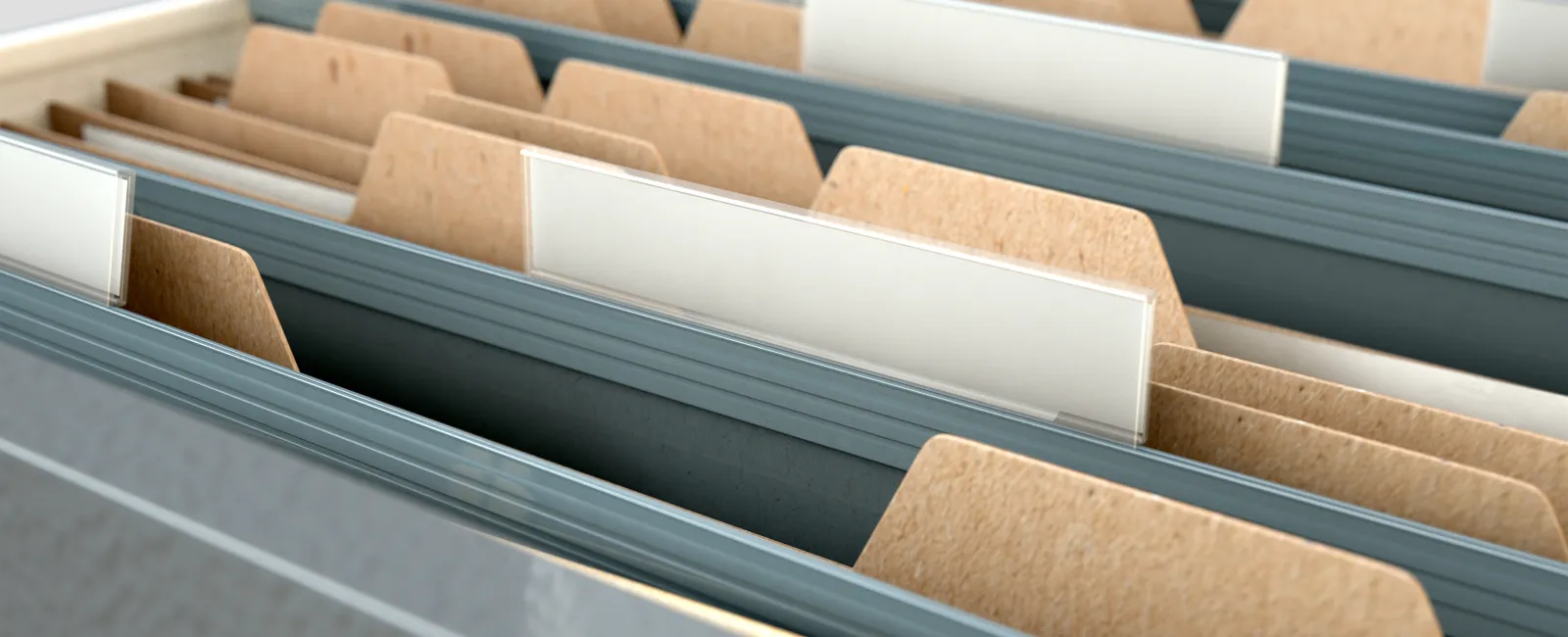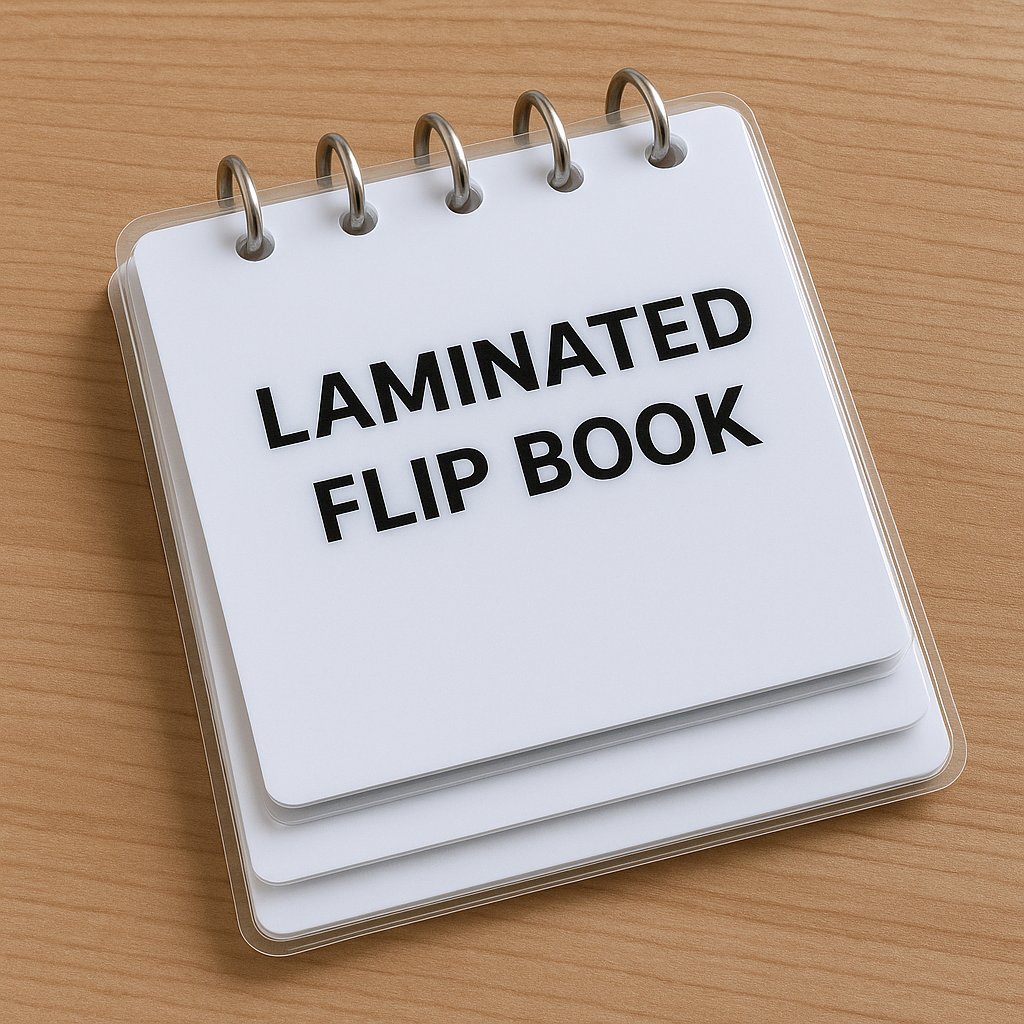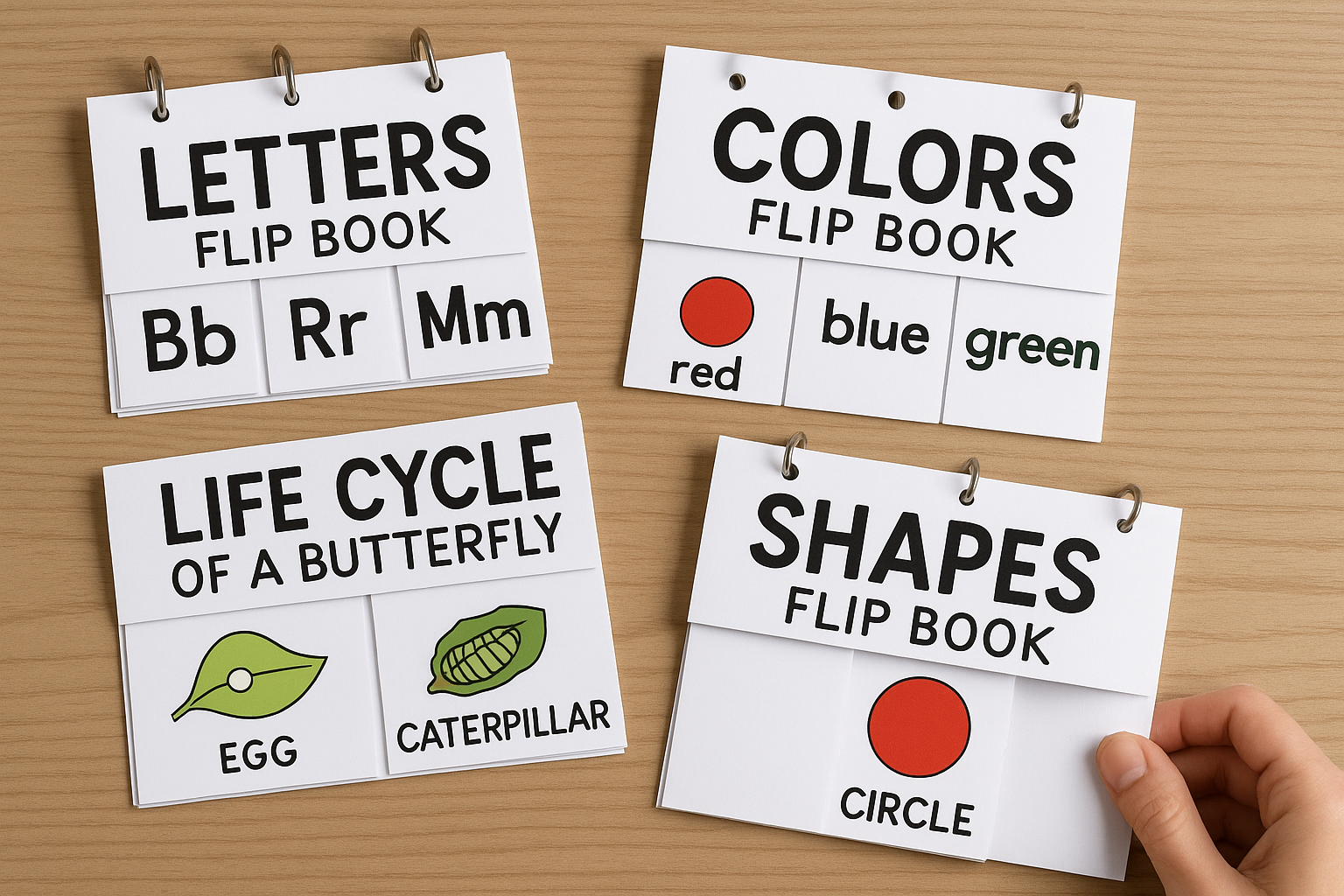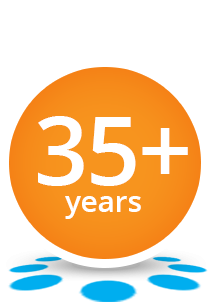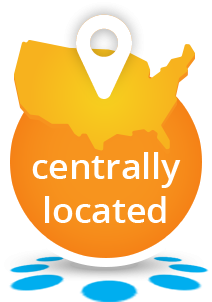This creative process has captivated audiences for over a century. It offers a unique way to tell stories and convey messages.
From
Flipbooks are not just for fun; they are powerful tools. They engage audiences with their tactile and visual appeal.
Whether for personal projects or professional presentations,

What Is Flipbook Printing ?
It's more than just printing pictures; it's about creating an experience. The sequence of images must be planned carefully to ensure smooth motion.
Flipbooks can be printed on different materials. Choices include paper, cardstock, and even plastic for more durability.
Advantages of
- Customizable for different uses
- Portable and easy to handle
- Engages viewers with interactive animation
Flipbooks offer a tactile experience that digital media can't replicate. This hands-on interaction adds to their charm. Whether used for educational purposes or promotional campaigns, flipbooks are versatile and impactful. Their unique appeal continues to attract and engage diverse audiences.
Types of Flipbooks: From Spiral Bound to Laminated
Flipbooks come in many forms, each serving different needs and preferences.
Laminate-covered
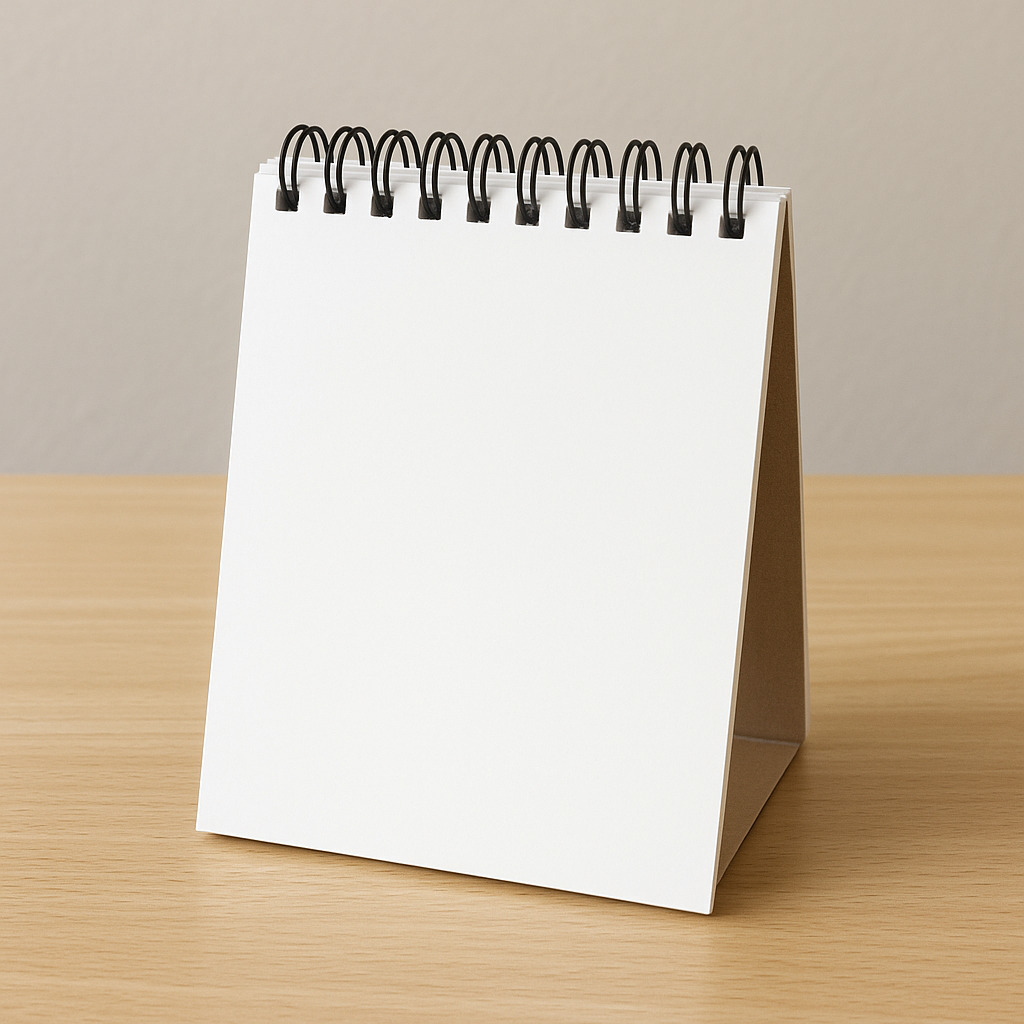
Here's a quick look at some common types of flipbooks:
Spiral bound flipbooks : Durable and user-friendly.Laminated flip books : Protected for longevity.Educational flipbooks : Interactive teaching tools.- Pocket-sized flipbooks: Portable and convenient.
Each type of flipbook serves a unique function, catering to both personal and professional uses.
The Flipbook Printing Process: Step by Step
Creating a flipbook involves a blend of artistry and precision. It begins with planning the animation sequence. Every frame must logically follow the next to create a smooth motion.
Next, select the materials based on the flipbook's purpose. Options include paper, cardstock, or laminated sheets. This choice impacts durability and visual quality.
Then, print the images in the correct order. Ensure consistent spacing to maintain a steady rhythm as pages flip. The quality of printing directly affects the final product's appeal.
Binding the pages can be done in various ways. Consider spiral binding for ease of flipping, or opt for glue binding for a more polished look.
Here's a breakdown of the essential steps:
- Plan the animation frames.
- Select your materials.
- Print the images.
- Bind the pages.
- Test the final flipbook.
Completing a flipbook is rewarding, turning a creative vision into a tangible, dynamic form.
Popular Uses: Education, Marketing, and More
Flipbooks have diverse applications across various fields. In education, they bring concepts to life.
In marketing, flipbooks capture attention with creativity. They offer a unique way to showcase products or tell brand stories. Their tactile nature adds an element of surprise.
Flipbooks also thrive in the arts. Artists use them to display dynamic visuals. The format encourages personal expression and innovation.
Common uses of flipbooks include:
- Educational tools for teaching.
- Promotional items for marketing.
- Artistic showcases for creatives.
Each use leverages the flipbook's charm and versatility. Whether teaching, promoting, or creating, these little books leave a memorable impression.
Benefits of Flipbook Printing
Print quality has improved, enhancing the visual impact. Flipbooks are cost-effective, making them accessible to many. They are ideal for small-scale animations and projects.
Their charm lies in simplicity. No complex tools or screens are needed to enjoy them. Flipbooks combine nostalgia with creativity, making them versatile gifts or keepsakes.
Key benefits include:
- Affordable production costs.
- Enhanced visual appeal.
- Interactive and engaging experience.
These features make flipbooks a favored medium for various creative projects. Their ability to engage and delight is timeless.
Tips for Designing Effective Flip Books
Designing
Consider the purpose of your flipbook. Whether it's for fun, education, or marketing, each use has different needs. Choose appropriate materials for durability and visual impact.
Key design tips include:
- Plan your sequence thoroughly.
- Maintain consistent style and visuals.
- Select materials based on your flipbook's purpose.
By following these tips, you can create flipbooks that capture attention and convey messages effectively. Creativity combined with planning leads to successful flipbook designs.
Conclusion: The Enduring Appeal of Flipbook Printing
From
Take Care, Rick
